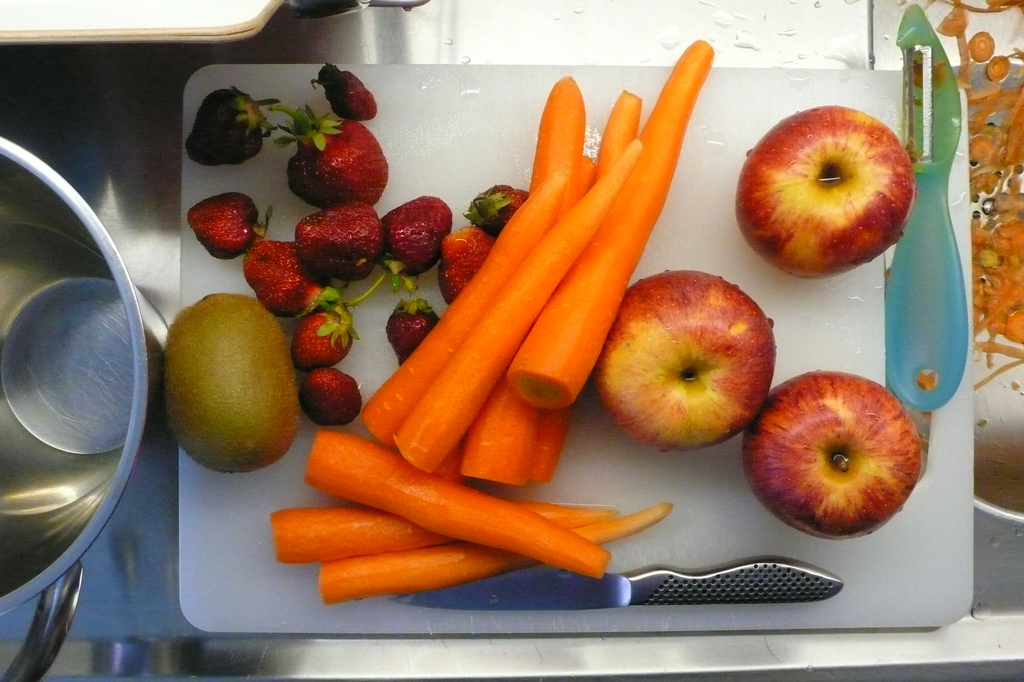Thinking about how to eat healthy on a budget? Turns out there might not be all that much evidence to support widespread claims that eating healthy costs more. That’s according to government research by the USDA. Personally, I’m a little skeptical of the study, based on Big Food’s never-ending quest to make more preservative-packed junk food at a lower price, but there are some great tips here for how to eat healthy on a budget.
How to Eat Healthy on a Budget
We have many excuses for not eating healthy: I’m too busy. I don’t live near a grocery store. I can’t afford healthy food. I don’t know how to cook. But how to eat healthy on a budget isn’t impossible.
A new study from the U.S. Department of Agriculture’s Economic Research Service is taking one of those excuses off the table.
Previous studies have shown that eating junk food is cheaper than eating healthy food. But Andrea Carlson, lead author for the USDA study, said the way those researchers measured cost-effectiveness skewed the results.
Carlson and her team analyzed 4,439 foods in three different ways – price per calories (as previous studies had done), price per edible gram and price per average portion. Retail prices were based on Nielsen Homescan data. The average portion was determined from the National Health and Nutrition Examination Survey.
The researchers found that when they used the price per calories analysis, fruits and vegetables appeared more expensive. “But this changes when you use other two,” Carlson said in a press call Wednesday.
For instance, take a chocolate glazed donut. Each donut is probably about 240 calories, and you could probably eat two or three of them with no problem (and just a teensy bit of guilt). Then take a banana with about 105 calories.
How to Eat Healthy on a Budget: The Cost Crux
If these two cost the same, the banana is more expensive per each calorie eaten. But you’ll probably only eat one and feel a lot fuller afterward, Carlson said. That makes it cheaper per edible gram and per the average portion.
“Many have raised concerns that those of modest means … can’t afford a healthy diet,” said Kevin Concannon, the USDA under secretary for food, nutrition and consumer services. “The good news I take away from the study is that is not necessarily the case.”
Concannon said the study shows that carrots, onions, pinto beans and mashed potatoes are all less expensive per portion than ice cream, sweet rolls, pork chops and ground beef. In fact, protein foods and food high in saturated fat, added sugars and sodium were all more expensive than fruits, vegetables, dairy and grains based on these methods.
“This is great news for all getting by with a limited food budget,” he said. “You don’t have to compromise good nutrition.” – Source
Okay, I’ll concede that point. However, many of these healthy options require preparing food from scratch, while that box of Hamburger Helper can be ready in 10 minutes flat.
Thinking about how to eat healthy on a budget? What many people need is a good collection of recipes that can be made quickly. Check out the following video to get a couple ideas and see that how to eat healthly on a budget isn’t rocket science.
